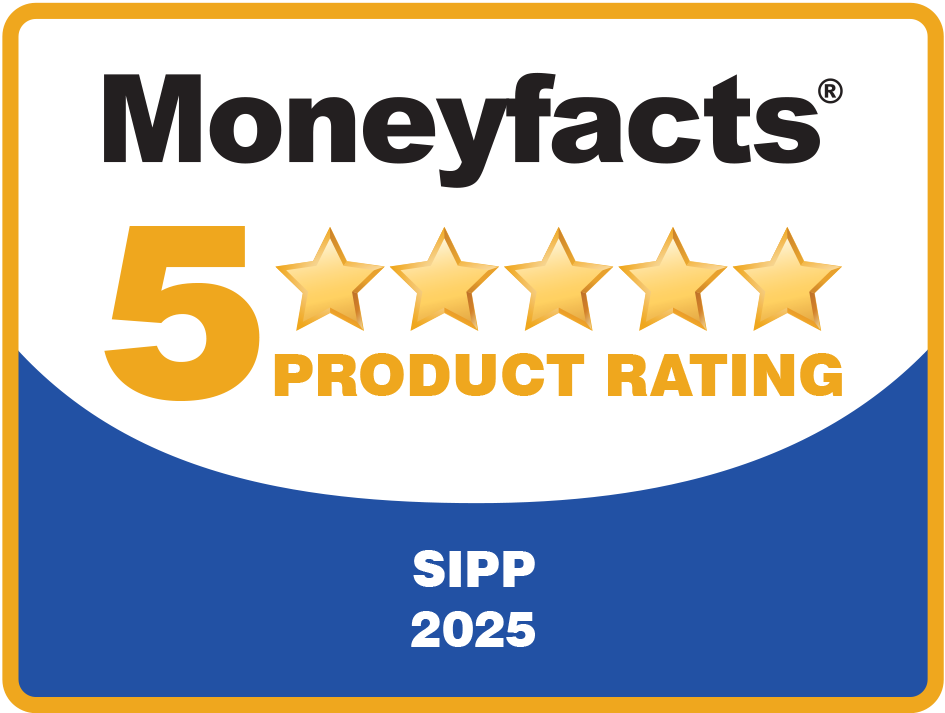2 case studies that illustrate the power of SIPPs when it comes to passing on wealth
The flexibility of death benefits from SIPPs not only presents a more tax-efficient way for these to be paid to nominated beneficiaries, but it can also allow for assets to be passed to future generations within a tax-efficient wrapper.
Death benefits from a SIPP have to be designated within two years of a client’s death. While this was the case before 2015, unless someone was classed as a financial dependent of the deceased this typically meant the payment of benefits from the SIPP had to be made, including associated tax charges, within this timeframe.
The timeframe for designation remains. However, it is now possible for non-financial dependents to retain assets in a SIPP previously held on behalf of the deceased once the benefits have been designated. Helpfully, the need for assets to be sold to pay death benefits no longer exists.
This presents an opportunity for the way assets are held to be passed on in a tax-efficient way, and also allow for any benefits that are paid out from beneficiaries to be done so in a more considered manner.
Below, you can read a couple of case studies that show how this flexibility works and, with careful planning, how the post-2015 rules can be used to a beneficiary’s advantage from a tax perspective.
Simplifying the beneficiary’s arrangements going forward
Paul has a SIPP which holds £200,000 in an investment portfolio managed by his adviser. The SIPP also contains a one-third share of a commercial property, which he owns with John and Gareth. Paul’s share of the property is worth £100,000.
Paul dies aged 77. He had nominated his grown-up children, Tom and Elle, as 50/50 beneficiaries to his SIPP. He had updated his nomination post-2015 to ensure that the benefits could be paid to Tom and Elle flexibly.
Both Tom and Elle now had benefits worth £150,000 available to them; £100,000 in the investment portfolio and a £50,000 share in the commercial property. Tom and Elle decided to retain these benefits in a SIPP as opposed to having these paid out to them, as they would have to pay tax at their marginal rate as Paul died over age 75.
We established SIPPs for them both, as well as accounts with the investment house that originally held Paul’s benefits. IPM then instructed the assets held in Paul’s account to be split 50/50 between Tom and Elle.
Tom and Elle also had to consider the property. By keeping the benefits within a SIPP, the property was now owned four ways; 33.33% by John’s SIPP, 33.33% by Gareth’s, and now 16.66% by Tom’s and 16.66% by Elle’s.
Tom and Elle decided they did not want to retain their share in the property, which was a building that Paul, John and Gareth used to run their business from before they retired. However, John and Gareth wanted to keep the property and were interested in acquiring Tom and Elle’s share of this from their SIPPs.
Tom and Elle agreed to this and, after confirmation from a surveyor of the value of the property, monies within John and Gareth’s SIPP were used to purchase Tom and Elle’s shares.
The result was that the property was now owned 50% by John’s SIPP and 50% by Gareth’s SIPP. As the legal owner of the asset had not changed hands (the SIPP provider is the legal owner of the property and held for the benefit of the underlying clients) this process did not incur significant legal fees.
Tom and Elle now had an additional £50,000 in cash each in their SIPP trustee bank accounts, which the adviser then added to their investment portfolios. Going forward, Tom and Elle worked with their adviser to draw monies from the SIPP with an eye on their tax position, as tax is due on any benefits drawn from the SIPP as Paul died after the age of 77.
Passing assets in the SIPP to future generations
Gerald and Susan own the office from which they run their business in their SIPPs on a 50/50 basis. The property is worth £400,000 and generates a rental income of £20,000 a year.
They are both in flexi-access drawdown and take the rent received on the property as income; £10,000 each. They also have investment portfolios within the SIPPs.
Their business is run by the family. Gerald and Susan are the two main shareholders, but their grown-up children, Oscar and Max, are also minor shareholders and work alongside them. There is a succession plan for Oscar and Max to take over the business in the future, with Gerald and Susan taking more of a back seat as they get older.
Aged 68, Susan dies. Susan’s nominated beneficiary for her SIPP was Gerald. Therefore, as a result of Susan’s death, Gerald is the sole beneficiary of 100% of the property and her investment portfolio and receives the full rental income of £20,000 a year.
After Susan’s death, Gerald has a meeting with his adviser where two changes were made:
- Gerald updated his death benefit nomination for both his own SIPP and the SIPP he has inherited from Susan to nominate Oscar and Max as beneficiaries on a 50/50 basis.
- The adviser instructed the SIPP provider to stop paying the income to Gerald under flexi-access drawdown and instead receive the £10,000 from the benefits left to him by Susan. As Susan died before age 75, Gerald can receive these benefits free from tax, as opposed to paying tax under flexi-access drawdown.
Outside of the SIPP, arrangements were made within the business to give Oscar and Max more responsibility and increase their shareholding as part of the succession plan.
Some years later, Gerald dies age 73. As Gerald had updated his nomination of beneficiaries, all the assets held in his SIPP (and in Susan’s, of which Gerald was a beneficiary) were passed to Oscar and Max on a 50/50 basis.
This now meant that the succession plan within the business had been completed, with the property passed from parents to children within the SIPP wrapper with no tax to pay.
Furthermore, as Gerald died prior to age 75, Oscar and Max were able to draw death benefits from the SIPP on a flexible basis, tax-free. Oscar elected to take his share of the rent as a monthly payment from the SIPP and Max decided to take a £15,000 lump sum to help pay for his forthcoming wedding by encashing holdings in the investment portfolio.
Get in touch
Hopefully, these case studies illustrate the advantages of using a SIPP for intergenerational planning.
If you have any SIPP-related queries, or if you have any clients for whom SIPP advice would be beneficial, please get in touch. Email info@ipm-pensions.co.uk or call 01438 747 151.



